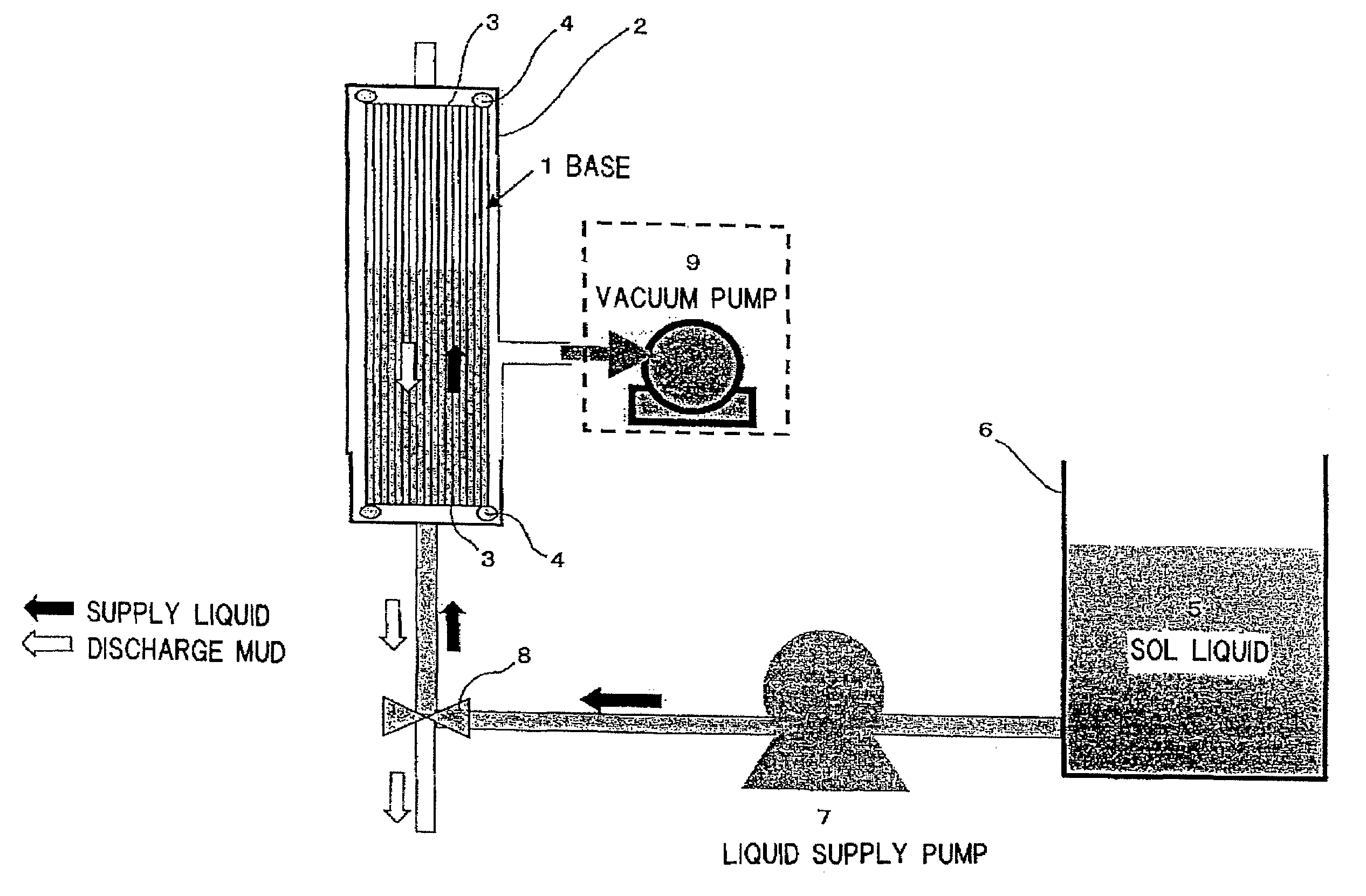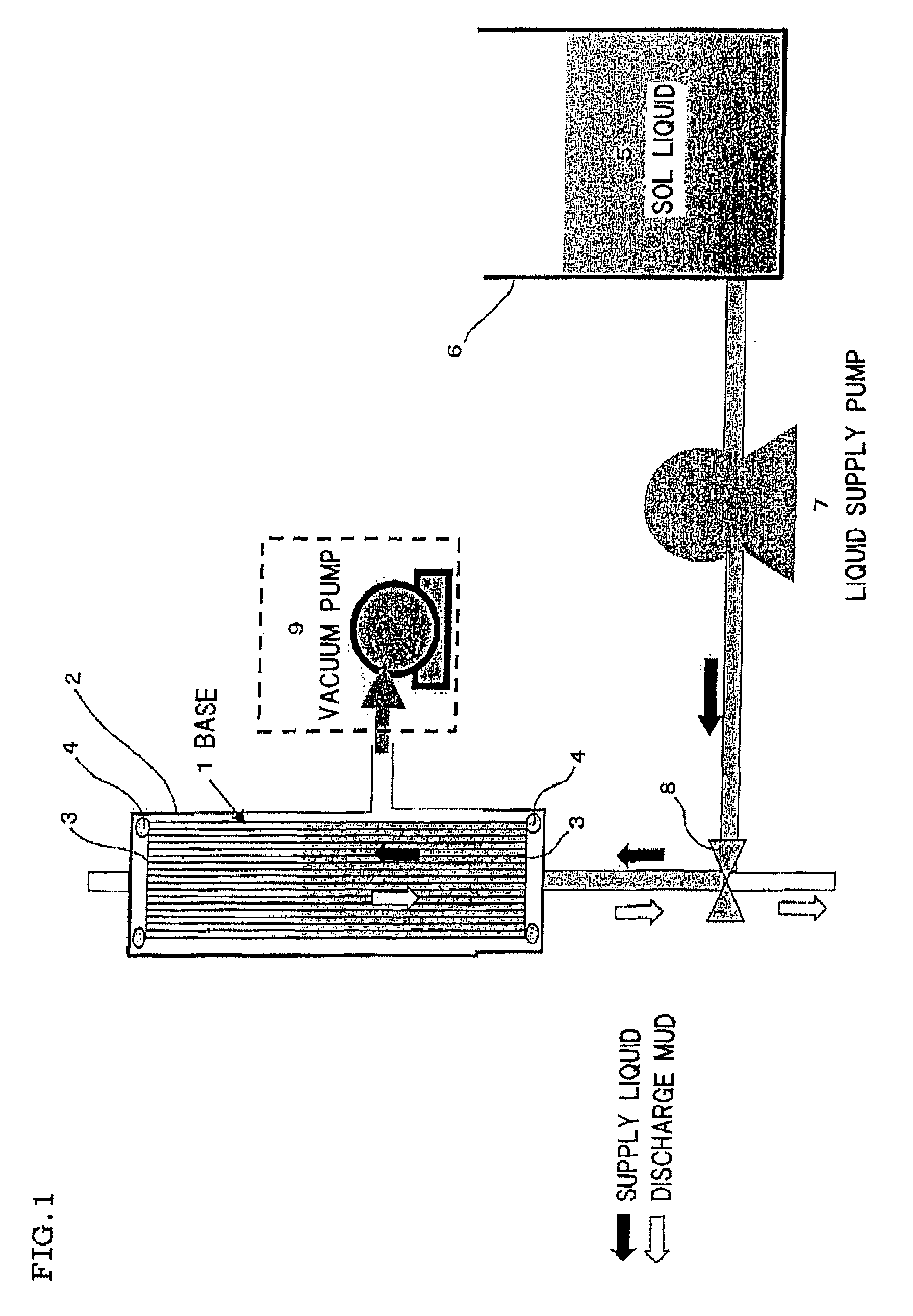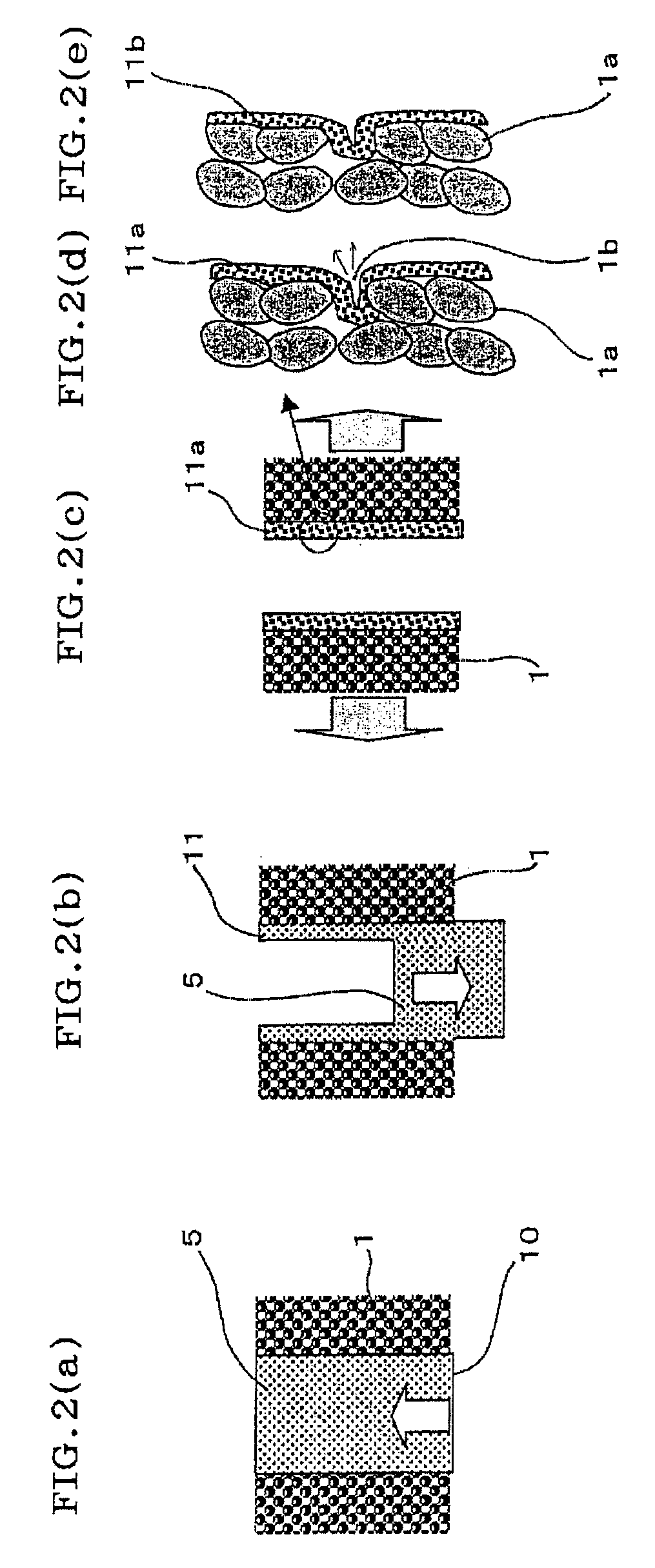Method of manufacturing ceramic porous membrane
- Summary
- Abstract
- Description
- Claims
- Application Information
AI Technical Summary
Benefits of technology
Problems solved by technology
Method used
Image
Examples
example 2
[0068] As a material of a porous base member, the same material as that of Example 1 was used, and the porous base member was prepared by the same method as that of Example 1 except that a sol liquid B was used as a sol liquid and both of the sol liquid and the base member had room temperature (20° C.)
example 3
[0069] As a material of a porous base member, the same material as that of Example 2 was used, and the porous base member was prepared by the same method as that of Example 2 except that a sol liquid C was used as a sol liquid.
PUM
| Property | Measurement | Unit |
|---|---|---|
| Temperature | aaaaa | aaaaa |
| Temperature | aaaaa | aaaaa |
| Pore size | aaaaa | aaaaa |
Abstract
Description
Claims
Application Information
 Login to View More
Login to View More - R&D
- Intellectual Property
- Life Sciences
- Materials
- Tech Scout
- Unparalleled Data Quality
- Higher Quality Content
- 60% Fewer Hallucinations
Browse by: Latest US Patents, China's latest patents, Technical Efficacy Thesaurus, Application Domain, Technology Topic, Popular Technical Reports.
© 2025 PatSnap. All rights reserved.Legal|Privacy policy|Modern Slavery Act Transparency Statement|Sitemap|About US| Contact US: help@patsnap.com



